
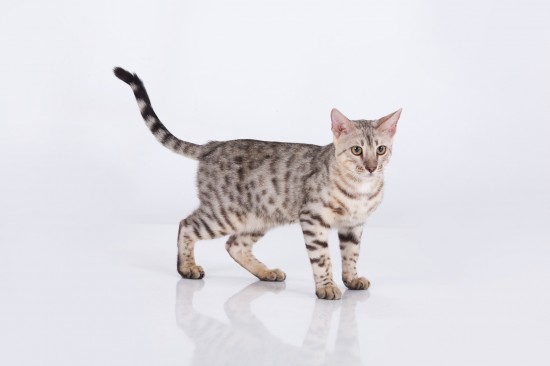
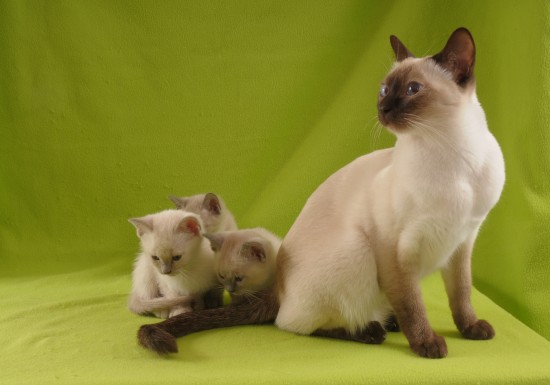
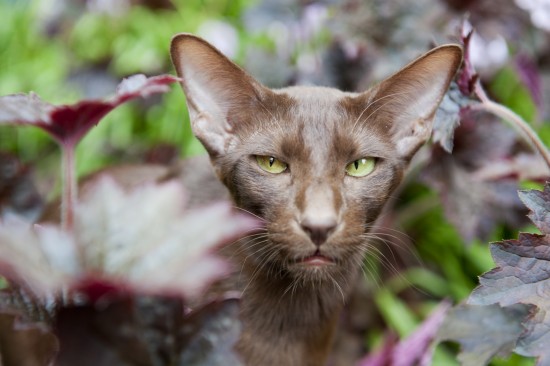
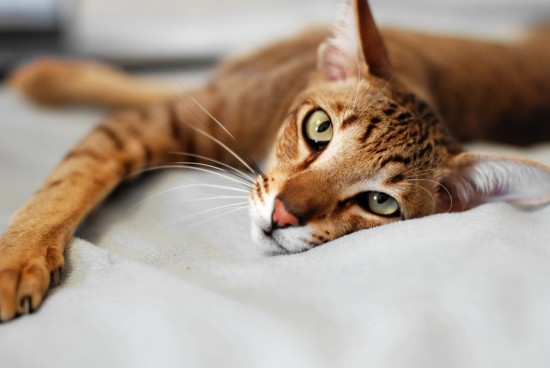
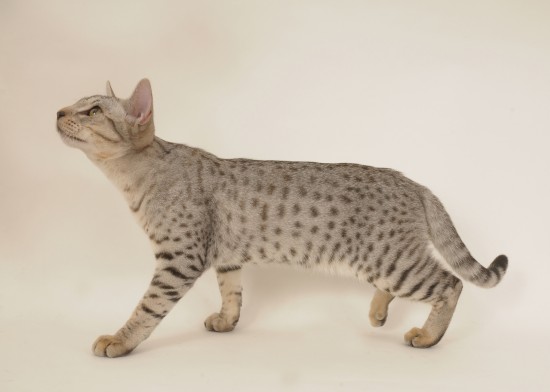
Exactly how a breed of cat comes to be recognised as a pedigree will vary from case to case; some cats have a known ancestral history going back for hundreds of years in its current form, and it is not always possible to identify their origins. Some more modern cat breeds were discovered in their current form and came into being without human intervention, while other recognised breeds were deliberately produced by crossing existing breeds of cats with each other to achieve a whole new variant.
Cats that are produced from the crossing of two unrelated breeds are known as hybrid cats, and over time, these cats become established as recognised breeds in their own right. In the UK, the Governing Council of the Cat Fancy (GCCF) is the organisation responsible for monitoring the development of new cat breeds, and deciding if and when a breed can be given official recognition.
The Siamese cat is one of the pedigree cat breeds most commonly found as a component breed in pedigree hybrids, with several breeds owing some part of their formation to Siamese origins.
Here are five of the best-known and most popular pedigree cat breeds that all contain Siamese ancestry.
The instantly recognisable Bengal cat is a very special hybrid, being as one of its parent breeds is actually a wild cat! The Bengal breed is composed of the crossing of a domestic cat (generally, the Siamese cat is thought to be the main contributor to the development of the Bengal breed) with the Asian Leopard cat. The Asian Leopard cat contributes the signature Bengal coat, which is incredibly sleek and silky and has a distinctive pattern of spots. The exotic Siamese gives the Bengal its affectionate and loving nature, and the personality of the Bengal cat is highly distinctive and different to most other cat breeds!
The Tonkinese cat is a relatively young breed, achieving recognition within the UK in the 1930’s. The “Tonk” as they are sometimes affectionately known, is composed of the mixed ancestry of Siamese and Burmese cats, and has a distinctive “quacking” meow that is a muted version of the piercing Siamese voice. The excellent temperament and loving personality of both the Siamese and Burmese cats make the Tonkinese highly personable and very loyal. They generally take on the colour point appearance of the Siamese cat, but with a more rounded, Burmese-style face.
The Havana Brown is another popular hybrid breed with Siamese ancestry, and the breed’s origins comprise of Siamese crossed with domestic black cats. The Russian Blue cat also had a part to play in the early breeding of the Havana Brown, although the Russian Blue genealogy is no longer thought to be present in the Havana Brown gene pool.
The Havana Brown cat was first seen in the late 1800’s in Switzerland, but breeding of the Havana Brown was not undertaken in earnest until after World War Two. The Havana Brown is always brown with no other colour markings or variations other than in shade, and is of a medium size with a slightly Oriental-looking face but otherwise rounded appearance.
The Oriental Shorthair is considered to be closely related to the Siamese cat, and in some countries is considered as a Siamese cat variant. The other half of the breeding is not definitively known, and the Oriental Shorthair’s close genetic similarities to the Siamese indicate that the breed might in fact have almost the same origins with only minimal out crossing.
Like the Siamese cat, the breed ultimately originated in Thailand, although the largest numbers of the original cats of the breed and the most deliberate breeding programmes took place in the USA. The Oriental Shorthair is a very recent addition to the UK’s pedigree cat listings, being formally recognised by the GCCF in 1997.
The Oriental Shorthair is very similar to the Siamese cat in terms of build and conformation, having an angular, alert face, hypnotic eyes and large pointed ears! The colour variations of the Oriental Shorthair, however, are much more diverse than that of the Siamese cat, with a huge combination of almost 300 different colour and pattern variations allowed within the breed!
The Ocicat strongly resembles the colouration and coat pattern of wild cats, but in fact has no wild DNA within its make up. The name “Ocicat” makes reference to the breed’s similarity in appearance to the wild Ocelot, although the two felines are totally unrelated!
The Ocicat breed originated with a mixture of Siamese and Abyssinian breeding, with the American Shorthair cat later introduced to the gene pool. The first Ocicats were bred in America in 1964, when a second-generation Abyssinian-Siamese crossing produced a distinctively spotted kitten within the litter. Subsequent matings of the same two parents produced further spotted kittens, and so the breed was begun.
The Ocicat has large, bat-like Siamese style ears, and is generally lithe and lean with a muscular body. Twelve coat colour variants are permitted within the breed, and the Ocicat is considered to be highly intelligent and even capable of learning to perform tricks!
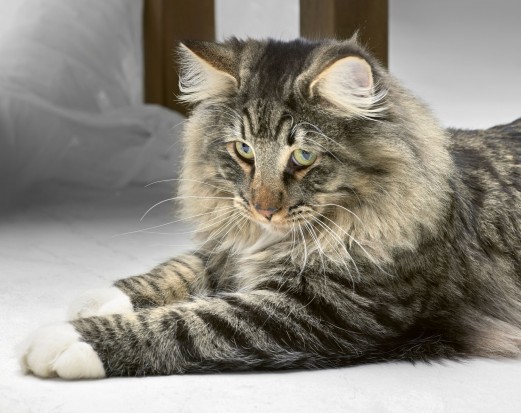 More About The Norwegian Forest Cat
More About The No
More About The Norwegian Forest Cat
More About The No
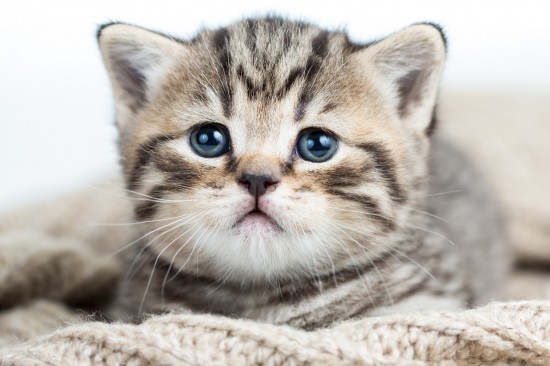 A Few Secrets Your Cat Would Like To Tell You
A Few Secrets You
A Few Secrets Your Cat Would Like To Tell You
A Few Secrets You
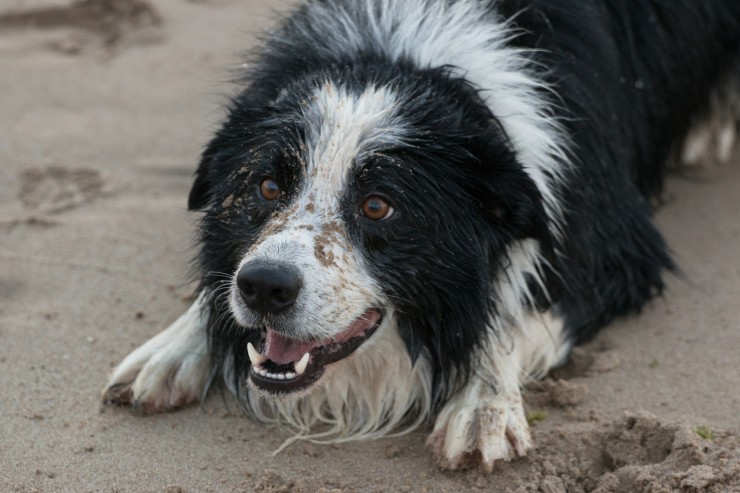 Five Breeds Of Dog That Will Keep You On Your Toes!
Five Breeds Of Do
Five Breeds Of Dog That Will Keep You On Your Toes!
Five Breeds Of Do
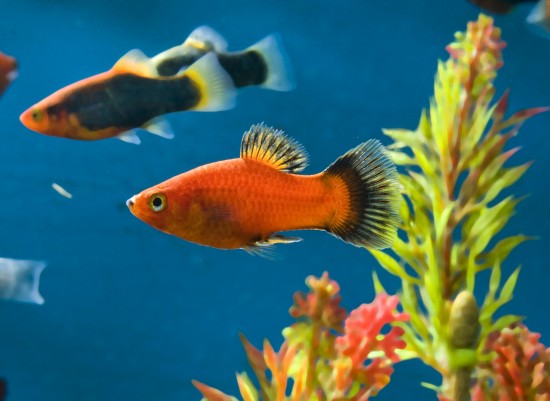 Top Tips On Keeping Aquarium Fish For Beginners
Top Tips On Keepi
Top Tips On Keeping Aquarium Fish For Beginners
Top Tips On Keepi
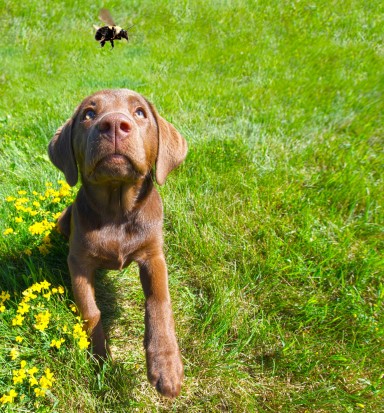 How To Deal With Bee & Wasp Stings In Dogs
How To Deal With
How To Deal With Bee & Wasp Stings In Dogs
How To Deal With
Copyright © 2005-2016 Pet Information All Rights Reserved
Contact us: www162date@outlook.com